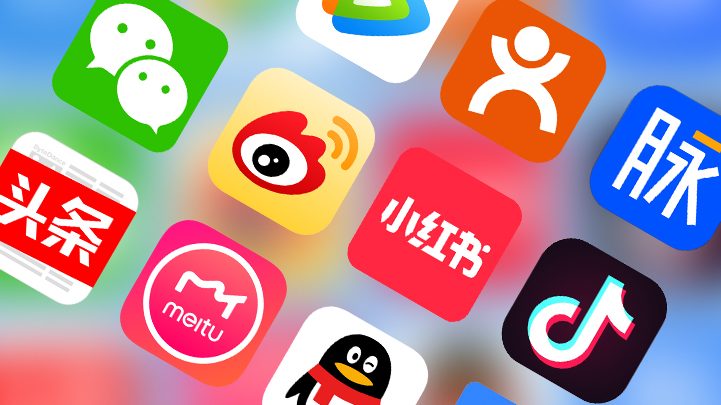Foreign internet companies are having a hard time with the Chinese government. The ruling party blocked YouTube’s (video-sharing website), Facebook’s social network, and Twitter’s microblogging in 2009 to stop dangerous ideas from spreading. After a dispute with Chinese censors, Google also shut down its services a year later. Chinese citizens who wish to access other social media platforms must use VPN’s. This is a finicky process and could be illegal.
LinkedIn is an exception to this strict rule. China tolerates LinkedIn’s because most of the users used to search for jobs or business contacts, and not discuss politics. Since Microsoft bought LinkedIn in 2016, Chinese LinkedIn users have risen rapidly to 53 million. They now account for 7% of LinkedIn’s total global users, which is a significant rise since 2014. Microsoft doesn’t disclose how much revenue they are generated from LinkedIn China. It reached 8 bn US dollars in 2020.
Another popular social media platform.
WeChat is rapidly becoming China’s most popular social network. WeChat, a messaging app, has social elements that are similar to Facebook. It features a feature called “moments”, which allows users to view updates from friends and businesses, much like the Facebook timeline.
You can also find moments and “People Nearby” features. “Shake” allows users to see the profiles of others who are shaking their phones. “Drift Bottle”, which allows users to send out a message that can be picked up by any user, allows them to search for “People Nearby” users.
WeChat, China’s closest competitor to Facebook, has nearly 1.2 billion registered users. This means that WeChat should be your number one priority in your Chinese social media marketing. WeChat is becoming more popular as brands struggle to gain brand awareness in China.
Although Sina Weibo’s popularity has declined over the years, it remains a vital and popular social networking site in China. Sina Weibo has more users than WeChat, but it still holds a strong presence on Chinese social media. Sina Weibo is sometimes called the “Twitter in China”, but this is too simplistic.
There are many features on the platform, including music, games, and charity. The easiest way for marketers to use the platform is to create a verified account. Users can then use the “Twitter” feature, which allows them to post 140 characters, including videos and photos.
Sina Weibo is becoming so spammy that many users have stopped using it. Marketers need to be aware of this problem and ensure that they don’t spam users. While maintaining an active account is a good idea for brand awareness, Sina Weibo is not the best platform for brand engagement.
Tudou
The streaming video social network YoukuTudou was acquired by Alibaba in 2015. It is believed to have 325 million monthly active users.
YoukuTudou can be described as one company, but it has two platforms. Youku is China’s equivalent to YouTube. Youku allows users to upload and view videos. Tudou offers more movie-based content. You can find most movies in their entirety on Tudou. Users can also watch full-length movies online.
It has a daily average of 200 million views and previously stated that it will invest heavily in new content. Chinese users tend to view videos on their mobile devices. This has enabled the company to grow rapidly in the past few years. It also provides a platform for marketers to display video-based advertisements.
Douban
Synthesio says Douban is “Popular among special interest groups and communities and for networking around certain topics… and its most active users.”Pop culture and intellectual junkies Douban is a social network that focuses on movies, music, and book reviews.
This platform is great for marketers who want to connect with specific communities. However, spammers are discouraged. You can think about how Reddit communities are created and formed to get a better understanding of the best way forward.
Before users take you seriously, you must be part of the community. Spamming will get you banned. This article “Douban and branding” provides more information on how to build brand awareness.
Source:








